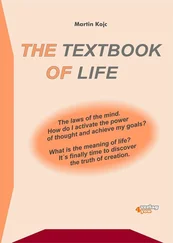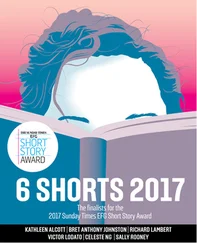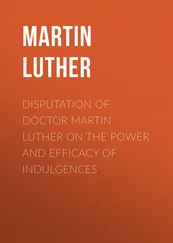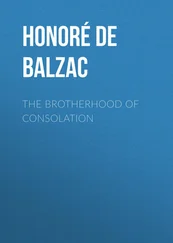Credible or not, this theory and the entire tone of Jack the Ripper: The Final Solution were far more ‘anti-Masonic’ than most of Stephen’s later revelations in The Brotherhood . Indeed Jack the Ripper is a brilliant conspiracy thriller, a far better read than The Da Vinci Code , and so good that it has inspired two gripping feature films: Murder by Decree (starring Christopher Plummer and James Mason) and From Hell (Johnny Depp). It also scooped by 26 years Patricia Cornwell’s much-hyped book, Portrait of a Killer: Jack the Ripper - Case Closed , in claiming that the artist Walter Sickert was involved in the killings. Cornwell went further by claiming Sickert was the Ripper himself but, despite spending an alleged $6 million to prove this, she came up with little evidence to convince anyone but herself. In stark contrast, Stephen worked on a shoestring budget and produced one of the classics in the vast canon of ‘Ripperology’.
I myself do not believe that Sickert had anything to do with the Ripper killings but, despite its factual chasms, Stephen’s book is such a page-turner that I am sure he would have turned out many more best-sellers, had he lived.
This brings me back to his death, an event which adds greatly to the lasting fascination of The Brotherhood . Though probably he died of natural causes, foul play cannot be ruled out. At a public appearance such as his Australian lecture, someone in the audience could have ‘zapped’ him into epilepsy by aiming ionizing- or X-rays or electromagnetic rays (laser-beams) at his head. Alternatively, as one Mason told me, he could have been implanted with a radioactive source or a slow-release capsule containing a cancer-inducing drug. This is not far-fetched. Remember the minute metal sphere, filled with poison and injected by umbrella-tip into Georgi Markov, a dissident Bulgarian exile in 1978.
Also, as Freemasonry was rife at that time in Britain’s armed forces, security services, medical professions and, notoriously, our police, such ways to kill would have been well known to many brethren in Britain as in Australia, and well within their capabilities.
But again I hesitate to endorse this theory. As I wrote in Inside the Brotherhood:
Stephen could have been injected with a cancer-inducing agent or carcinogen (as in the Markov case) but the cancer would probably have arisen in another part of the body, not the brain. The same applies to a carcinogen secreted in someone’s food or drink. Nor, I understand, is it odd that Stephen was first struck with epilepsy when speaking in public. His was a ‘classic left-frontal pole tumour’. In other words it occurred in that part of the brain which is greatly pressured during public lectures and speeches.
Overall, there seems little room for doubt that Stephen Knight’s brain cancer was anything other than natural. The tumour’s progress, histology, its response to X-ray and chemotherapy treatment were all normal. But can a natural brain cancer be induced by unnatural means which cause no visible side effects, cannot be noticed at the time, and are impossible to detect during later tests and examinations?
I still don’t know the answer to that question. And I cannot ignore menacing letters sent by Freemasons to Stephen following The Brotherhood’s publication. They reveal such intense bitterness, as well as a touch of madness, that the writers could have gone on to kill him:
You have been responsible for the persecution of many of our members, who have lost their jobs because of your book. This has caused great hardship to their wives and children, and writers like you ought to know better. I do not know if anyone has committed suicide yet, but it will be you and you alone who has murdered these unfortunate people …
So, what awaits readers in these pages is powerful stuff - enough to drive some Freemasons to distraction - but I believe the book’s continuing appeal lies partly in the fact that Stephen was a genuine seeker after spiritual enlightenment. In his researches he really did set out to discover if it was possible to reach a higher plane of consciousness through Freemasonry. He earnestly wanted to explore its ‘theology’ and its belief in the Great Architect of the Universe (abbreviated to ‘G.A.O.T.U.’ if you happen to find a book of encoded Masonic ceremonies in your grandfather’s attic).
In contrast, when I wrote Inside the Brotherhood I had no desire to go on a spiritual journey because I knew it would reach nowhere. To me the cult’s rituals are man-made mumbo-jumbo, shakily based on myths, fairy-tales and superstitions, some derived from orthodox religions which Freemasonry appropriated to give it a façade of acceptability and went on to distort. Stephen was far less cynical.
Again, I researched my book on Freemasonry already primed in its corrosive capacity to corrupt public life. In television programmes and a book which I had co-authored (The Fall of Scotland Yard) , I had investigated Masonic scandals afflicting the police and local government - two areas in which I had also helped Stephen. For me, Freemasonry, whatever its grand claims to morality, had proved the perfect vehicle for grubby, mundane racketeering and back-scratching.
In contrast Stephen had been on a religious quest of his own, as his all too brief life story reveals.
He was born on 26 September 1951 in Hainault, Essex, and retained his roots in the area. He went to West Hatch Technical High School in Chigwell and in 1969 started a series of jobs on local newspapers, including the Horn-church Echo, East London Advertiser and Ilford Recorder where he worked as chief reporter and feature writer. In 1975 he switched to the Travel Trade Gazette but his break came in 1976 when he wrote Jack The Ripper: The Final Solution - a massive commercial success that still sells in substantial numbers today. He was just 25.
By now married and soon to be a father, he next wrote a novel about a series of murders committed in 1902 by the ‘Deptford Strangler’. This book, Requiem at Rogano , was published in 1979. But while his literary career was flourishing, his epilepsy attacks became more frequent. These led to the discovery of the brain tumour (as described above) and its removal by surgeons at the Maudsley Hospital, when all seemed well again. He threw his remarkable energies into researching the Freemasons. During this period he came to see me about my work on the brethren’s murky dealings in local government and the police.
Physically Stephen had a wispy frame and looked (to this tubby observer) in need of good solid meals. I did not know whether to put his debilitated look down to ill-health or if it was his natural build. In due course he published some of what I had told him in The Brotherhood (thanking me in his acknowledgments). I do not think that even he could have foreseen the huge stir that his book would create when it appeared in 1983. To date it has sold a staggering half a million copies.
Seemingly unstoppable, in 1984 he turned out another true-life mystery book: The Killing of Justice Godfrey . This offered a solution to one of the longest unsolved murder cases in British history: the killing of ‘the best JP in London’ in 1678 at a time of anti-Catholic hysteria, greatly inflamed by the poisonous lies of Titus Oates.
It may not be a coincidence that Stephen’s prolonged investigations into religious mania and secret societies overlapped with his decision to embrace the teachings of the Bhagwan Shree Rajneesh, the controversial Indian religious leader, whose authorized biography was subtitled, ‘The Most Dangerous Man Since Jesus Christ’. Stephen became his disciple or sannyasin and, for a short while, took to donning the orange robes of the cult in public.
Читать дальше
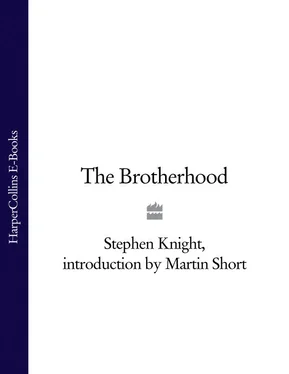


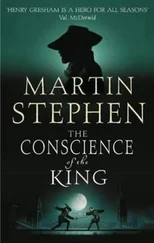
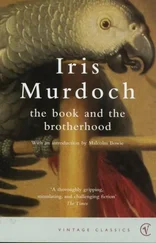
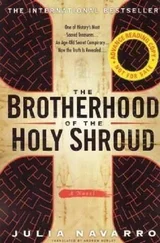
![Джеффри Арчер - The Short, the Long and the Tall [С иллюстрациями]](/books/388600/dzheffri-archer-the-short-the-long-and-the-tall-s-thumb.webp)

